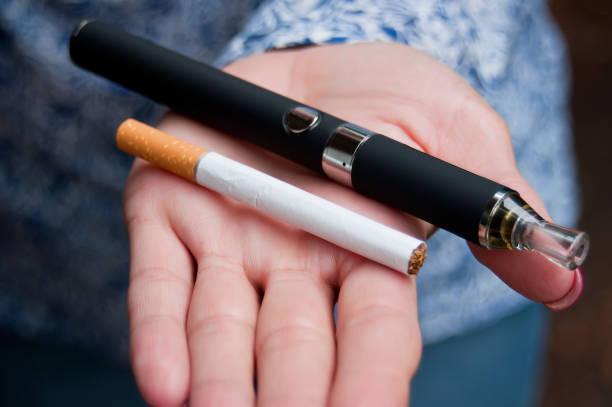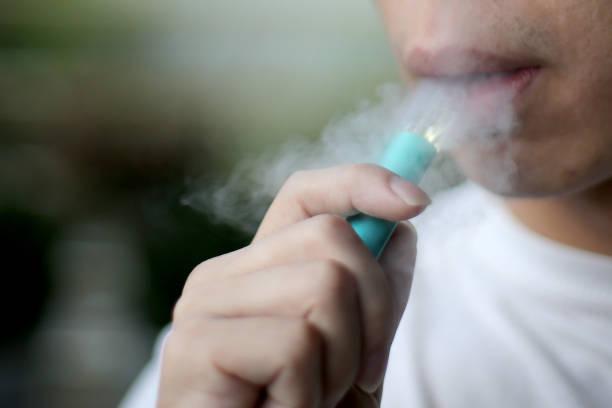Hold up! Hawaii might be about to make history as the first state in the U.S. to enforce nicotine content limits on vape products. Yeah, you read that right! The state has officially entered the conversation about regulating nicotine levels, and the impact could ripple across the entire country. The proposal, introduced last week by Democratic Senator Chris Lee from Kailua, is set to challenge the way vaping products are sold in the Aloha State.

So, what’s going down? Hawaii Senate Bill 1165, or S.B. 1165, isn’t exactly lengthy or jam-packed with fine print—this bill clocks in at just under half a page—but it’s making waves. Essentially, it directs the state’s health department to set what it considers a “safe level” of nicotine in products sold in Hawaii. The bill doesn’t go into specifics about what the “safe level” should be, nor does it offer details on which products this standard would apply to. All we know for now is that it could radically alter the vaping scene in Hawaii.
What’s the Deal With Nicotine Content?
The timing of this proposal is no accident. Just a few days before Hawaii’s bill was introduced, the U.S. Food and Drug Administration (FDA) made headlines with its own nicotine regulation announcement. The federal agency is moving forward with a proposal that could set a nationwide standard for the maximum nicotine content in tobacco products. While that federal measure still has a long road ahead, Hawaii’s bill is already up and running.
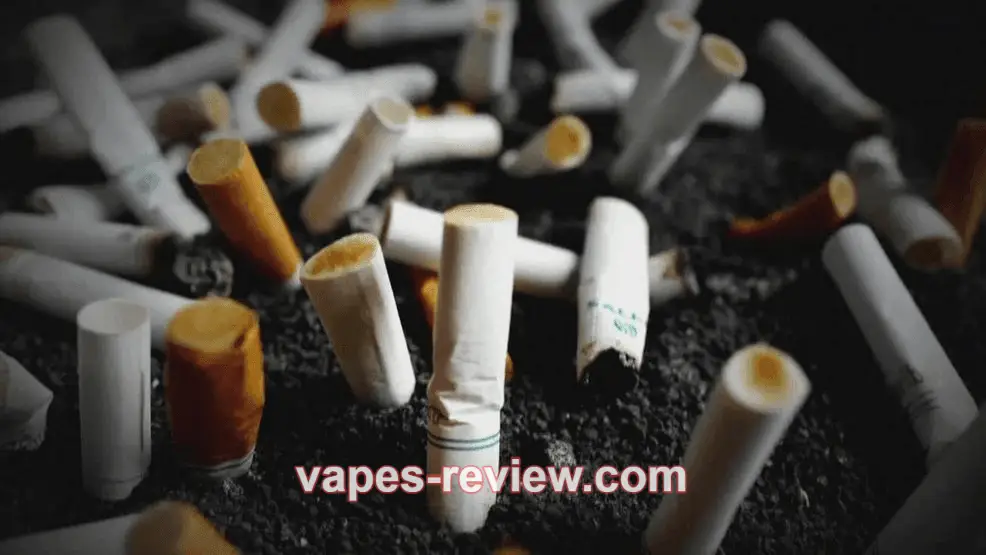
For context, the FDA’s proposal is targeting a nicotine content cap of 0.7 milligrams per gram of tobacco—about 90% lower than the average nicotine content in the top 100 best-selling cigarette brands in the U.S. (which hovers around 17.2 milligrams per gram of tobacco). If this federal plan goes through, it would impact a broad range of tobacco products, but there’s one big exception: high-end cigars. These are defined by the FDA as cigars that meet certain criteria, such as being made of whole-leaf tobacco and not having any added flavors (besides tobacco), and they would remain outside the scope of the nicotine content regulation. Hawaii’s bill, however, may apply to these premium cigars, meaning it could be stricter than the FDA’s federal proposal. Talk about a bold move!
Why It Matters: Vape Regulation Is a Big Deal
For those of you following the vaping world, this is a pretty big deal. Over the past few years, the vaping industry has exploded in the U.S. Vape devices—especially those with flavors like mint, mango, and even gummy bears—have become a popular alternative to traditional smoking. In fact, a huge number of teens and young adults have embraced vaping, which has caused a lot of concern among health officials and lawmakers. The long-term health effects of vaping are still being studied, but there’s no denying that nicotine addiction is a big issue.
Hawaii’s bill, even though it’s still in its early stages, represents a growing movement toward taking nicotine control into local hands. If passed, Hawaii would set an important precedent. Not only would it impact vape products in the state, but it could lead other states to follow suit and pass similar regulations.
Vaping Taxes in the U.S.: A Patchwork of Rules
While Hawaii might be taking the lead on regulating nicotine content, other states have already gotten creative with how they’re taxing vape products. The tax structure across the U.S. is all over the place, with some states imposing hefty fees on vapes, while others are much lighter on the wallet. Let’s dive into the vape tax situation across the nation.
California: Going Hard on Vape Taxes
California isn’t messing around when it comes to taxes on nicotine products. Starting July 1, 2023, all nicotine-containing products, including vapes, are taxed at 56.32% of their wholesale cost. And it doesn’t stop there. Back in 2022, California added an additional 12.5% retail tax on all nicotine-based vape products, even those purchased from out-of-state retailers online. California is obviously serious about keeping people from reaching for their vapes too easily.
Colorado: The Tax Hike That Keeps On Giving
Colorado voters approved a vape tax in 2020, which was set at 30% initially but has been climbing steadily. By 2027, the tax rate on vape products will hit 62%. Yeah, you heard that right—62%. For anyone hoping to buy a vape in Colorado, they might want to check their bank balance first. At this rate, vaping could end up being a luxury.
Minnesota: Vaping Gets the Same Treatment as Cigarettes
Minnesota is the first state to expand its tobacco tax rules to cover vapes, meaning that vape products face the same 95% tax rate as traditional cigarettes. This makes Minnesota one of the strictest states when it comes to taxing nicotine products, and it could be a wake-up call for other states looking to raise their taxes on vaping.
Hawaii: A State With Big Plans for Vaping
Hawaii is already one of the most expensive places to buy a vape, thanks to its whopping 70% wholesale tax on all vape products. Add that to the potential new nicotine content regulations, and the Aloha State is clearly trying to steer its residents away from vaping—or at least make it a bit more challenging to access. Whether you’re a local or just visiting, the cost of vaping in Hawaii is about to get even more complicated.
How Will These Taxes Affect the Vape Market?
With all these states jacking up taxes, how are vape companies and consumers reacting?
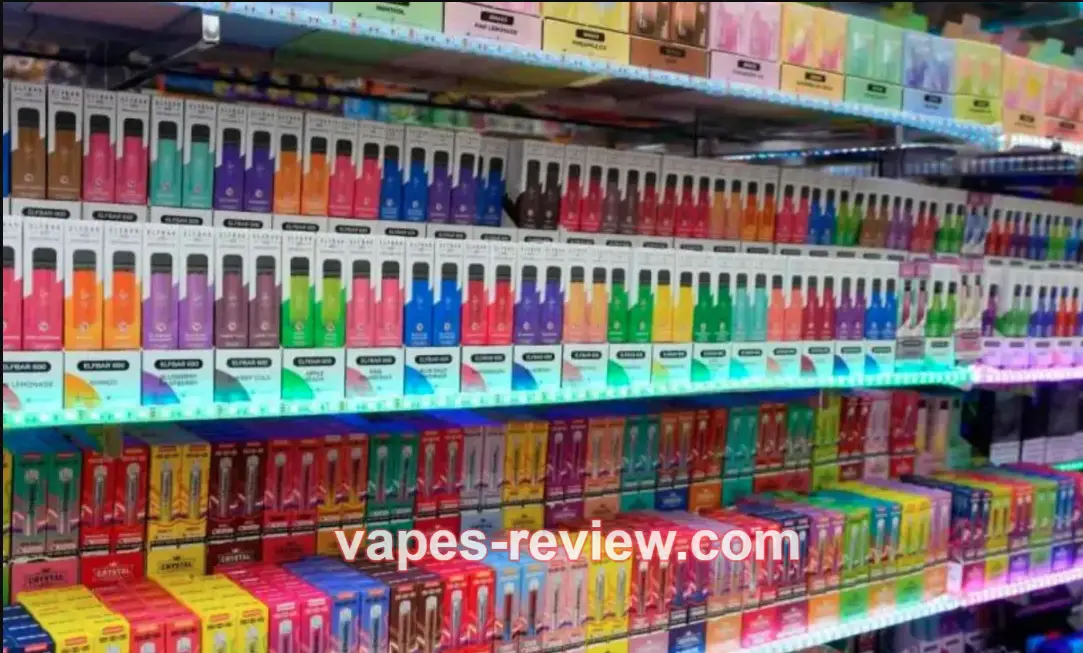
Price Hikes: High taxes are likely to lead to higher prices, which could push some people out of the market entirely. For instance, if you’re used to paying $10 for a vape cartridge, a 56% tax might make you rethink your options. This could drive some consumers to look for cheaper, black-market alternatives, which is a whole other can of worms.
Shifting Consumer Behavior: As prices rise, consumers may shift their buying habits. Some might turn to other nicotine products, like smokeless tobacco or even nicotine pouches. Others might simply cut back, seeing their vapes as an expensive luxury. Teenagers and young adults—who are major users of flavored vapes—might be especially hit hard by these price increases, making it tougher to access these products. If vaping gets too expensive, they could turn to less regulated or illegal products.
Market Competition: Different tax rates in different states create an uneven playing field for vape manufacturers. Some companies may decide to focus on states with lower taxes, while others might take the plunge into higher-tax markets. Either way, it’s a game-changer that could lead to more regional differences in pricing and availability.
What’s Next?
Hawaii’s move to regulate nicotine content could be just the beginning of a broader trend. As vaping continues to grow in popularity (and controversy), expect to see more states introduce their own nicotine content limits and taxes. Whether you’re a vape enthusiast, a health advocate, or just a concerned parent, it’s clear that the future of vaping in the U.S. is about to get a whole lot more complicated.
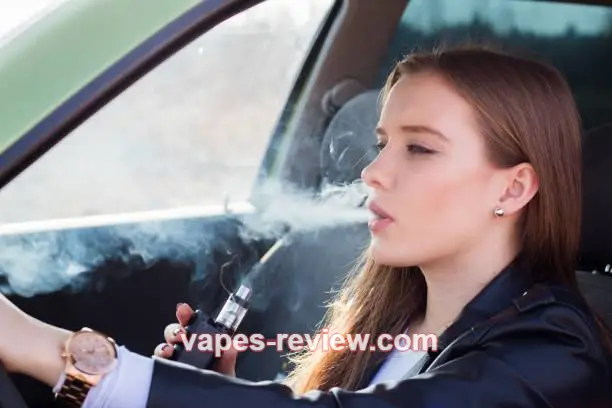
Whether you’re into vaping for the flavors or just trying to kick the cigarette habit, Hawaii’s actions could set the stage for future changes across the country. If you’re in a state with heavy vape taxes, don’t be surprised if you see more price hikes, and if you live in a place like Hawaii, get ready for some new regulations coming your way.
Stay tuned—this story is far from over!
